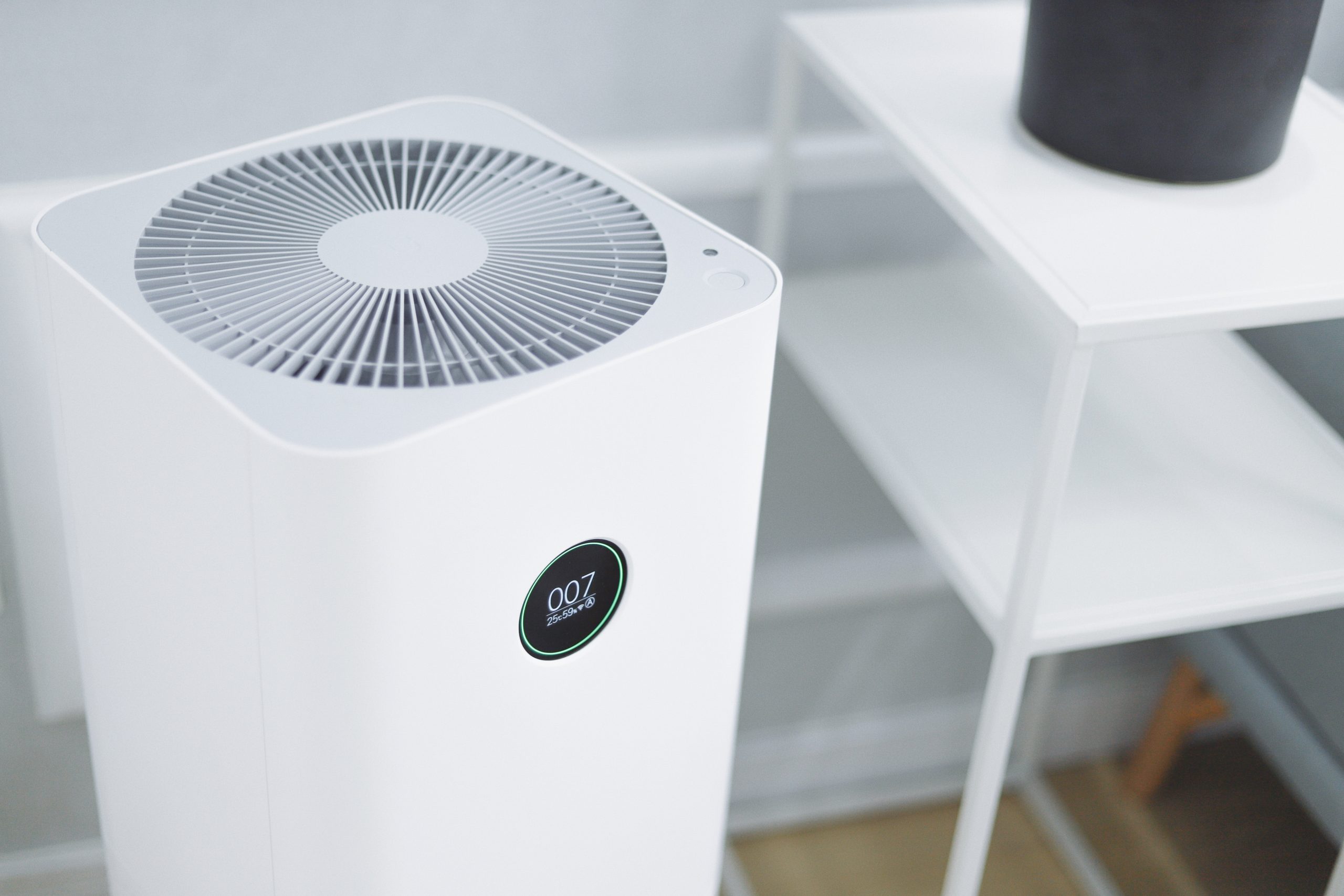We spend most of our time indoors, so it’s crucial to ensure the air inside our homes is clean and fresh. One way to do this is to ventilate your living room. Your living room can quickly become stuffy and uncomfortable with kids playing around, pets running around, and general daily living.
Fortunately, there are a few simple ways to ventilate your living room and keep the air quality high.
1. Open the Windows
This is the most obvious way to ventilate a room, but it’s also the most effective. Fresh air circulating by opening the windows can do wonders for stuffy rooms. Whether you have modern floor-to-ceiling windows or small country-style windows, open them up to let in some fresh air. If you’re worried about security or insects, you can always install screens to keep them out.
A Riverdale HVAC technician notes that opening the windows is also a great way to take advantage of natural ventilation. If your living room is on the upper floor, the hot air will rise and escape through the windows. This will create a vacuum that pulls in fresh, cool air from the bottom. Of course, you can only open the windows when the weather is good.
2. Use Ceiling, Floor, or Portable Fans
Another way to circulate air is to use fans. Ceiling fans are a great option. They’re best used in conjunction with open windows to create a cross-breeze and circulate the air more effectively. Floor fans are another great option, and they’re much more versatile. You can move them around to wherever you need them, making them ideal for smaller living rooms.
Potable fans will do the trick if you don’t have ceiling or floor fans. Just be sure to put them in a strategic location in your living space, so they’re blowing air towards an open window. Whichever type of fan you choose, ensure it’s running in the right direction. For ceiling fans, this means counterclockwise in the summer and clockwise in the winter.
3. Bring in Plants
Plants help purify the air, so adding some potted plants to your living room can help improve the air quality. Spider plants, peace lilies, and golden pothos are all great options. Not only will they help purify the air, but they’ll also add some life and color to your living room. Just be sure to do your research before you buy any plants. Some plants release toxins that can worsen the air quality, so it’s important to choose wisely.
If you don’t have a green thumb, fake plants can also help purify the air. While they’re not as effective as real plants, they’re still better than nothing. The best indoor plants for purifying the air are those that have broad leaves. These types of plants have a larger surface area, which means they can absorb more toxins. These include the peace lily, the snake plant, and the spider plant.
4. Use an Air Purifier
 If you’re concerned about indoor air quality in your living room, using an air purifier can help remove impurities from the air and make it easier to breathe. Air purifiers come in all shapes and sizes, so you can find one that fits your needs. When choosing an air purifier, look for one with high CADR ratings. The higher the rating, the more effective the purifier will be.
If you’re concerned about indoor air quality in your living room, using an air purifier can help remove impurities from the air and make it easier to breathe. Air purifiers come in all shapes and sizes, so you can find one that fits your needs. When choosing an air purifier, look for one with high CADR ratings. The higher the rating, the more effective the purifier will be.
Air purifiers work by trapping pollutants in their filters. Some also release negative ions, which attach to positively charged particles and help them fall to the ground. This can help remove impurities like smoke, dust, pollen, and pet dander from the air. Just be sure to change the filter regularly so it doesn’t become clogged, and opt for HEPA filters, which are the most effective.
Better Ventilation Means a Healthier Home
Most of us are spending more time at home these days, which means it’s more important than ever to make sure our living spaces are as healthy as possible. Good ventilation helps get rid of stuffy air, reduces moisture and condensation, and can even help improve your indoor air quality.